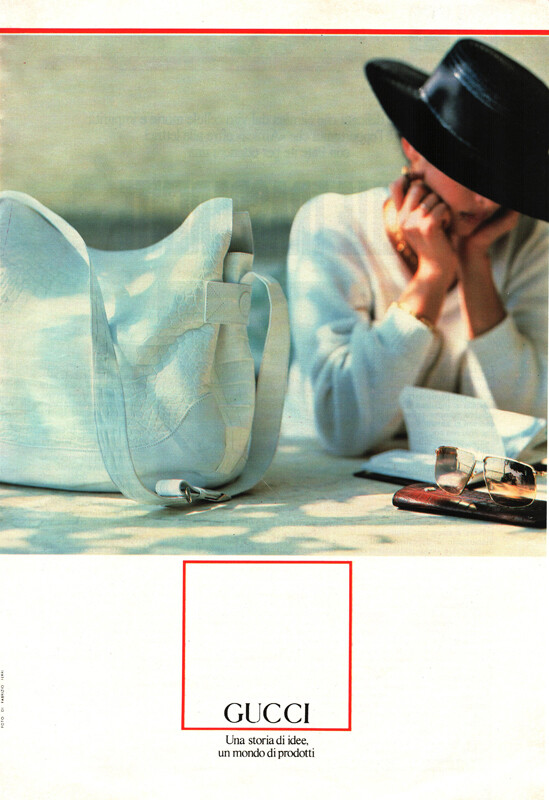Linda Evangelista Shares First Photos of Her Body Since Fat-Freezing Nightmare: 'I'm Done Hiding'
In an exclusive interview, the fashion icon opens up to PEOPLE about the cosmetic procedure she says left her "brutally disfigured"— and the battle to win her life back
Once one of the most photographed people in the world, supermodel Linda Evangelista has been living in seclusion for almost five years. Now she's finally ready to share her story.
In this week's issue of PEOPLE, Evangelista, 56, opens up about the emotional and physical pain that has cast a shadow on her life in recent years, after she claims CoolSculpting — a popular, FDA-cleared "fat-freezing" procedure that's been promoted as a noninvasive alternative to liposuction — left her "permanently deformed" and "brutally disfigured." Evangelista filed a lawsuit in September suing CoolSculpting's parent company, Zeltiq Aesthetics Inc., for $50 million in damages, alleging that she's been unable to work since undergoing seven sessions of CoolSculpting in a dermatologist's office from August 2015 to February 2016.
"I loved being up on the catwalk. Now I dread running into someone I know," she tells PEOPLE through tears in this week's cover story. "I can't live like this anymore, in hiding and shame. I just couldn't live in this pain any longer. I'm willing to finally speak."
Within three months after Evangelista's treatments, she started noticing bulges at her chin, thighs and bra area. The same areas she'd wanted to shrink were suddenly growing. And hardening. Then they turned numb.
"I tried to fix it myself, thinking I was doing something wrong," says Evangelista, and she began dieting and exercising more. "I got to where I wasn't eating at all. I thought I was losing my mind."
Finally, in June 2016 she went to her doctor. "I dropped my robe for him," she recalls. "I was bawling, and I said, 'I haven't eaten, I'm starving. What am I doing wrong?' " When he diagnosed her with Paradoxical adipose hyperplasia (PAH), she says, "I was like, 'What the hell is that?' And he told me no amount of dieting, and no amount of exercise was ever going to fix it."
PAH is a rare side effect that affects less than 1 percent of CoolSculpting patients, where the freezing process causes the affected fatty tissue to thicken and expand. "That's the upsetting part," says Dr. Alan Matarasso, a New York City plastic surgeon and professor at Northwell School of Medicine (he has never treated Evangelista). "Patients go in to have something reduced, and now it's enlarged. And the problem with PAH is that, in some instances, it may not go away. In many circumstances the affected areas are no longer amenable to liposuction like they would've been in the first place."
In a statement to PEOPLE, a representative for CoolSculpting says the procedure "has been well studied with more than 100 scientific publications and more than 11 million treatments performed worldwide" and added that known rare side effects like PAH "continue to be well-documented in the CoolSculpting information for patients and health care providers."
FDA-cleared in 2010, CoolSculpting uses a process known as cryolipolysis. Based on the way frostbite affects humans, the procedure works by placing a roll of fat between two paddles, which cool the fat to a below-freezing temperature. Studies show that the treatment — which is popular because of its accessibility at medical spas and minimal recovery time — can reduce targeted fat deposits up to 20 percent.






